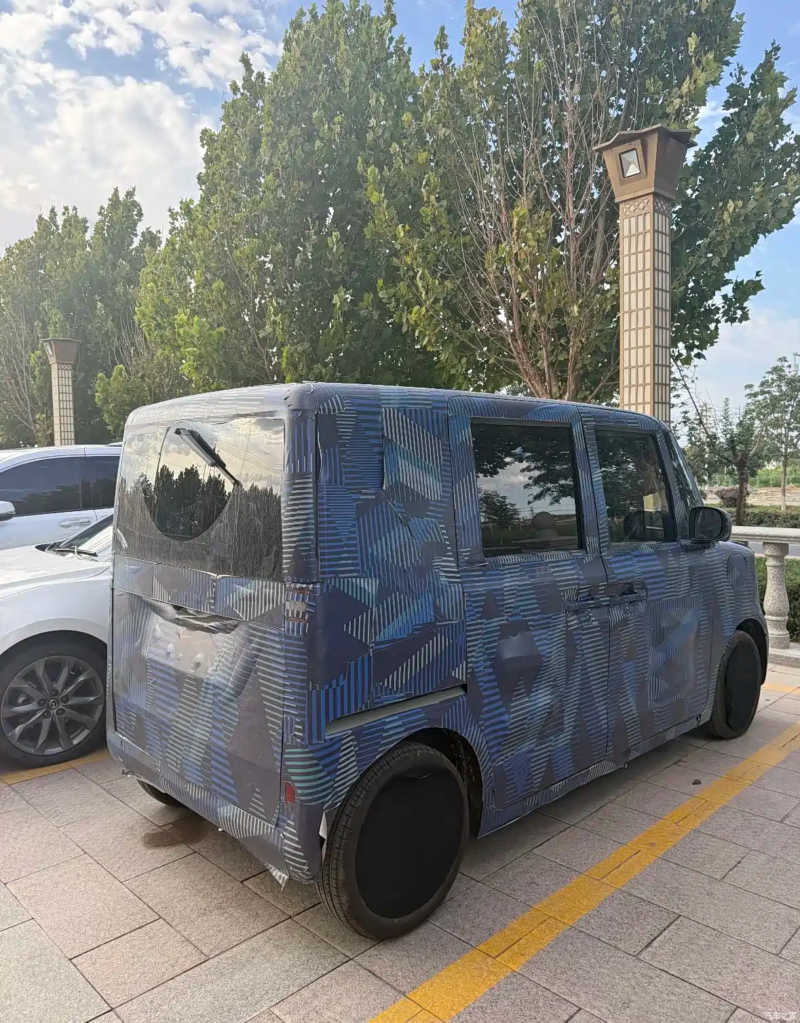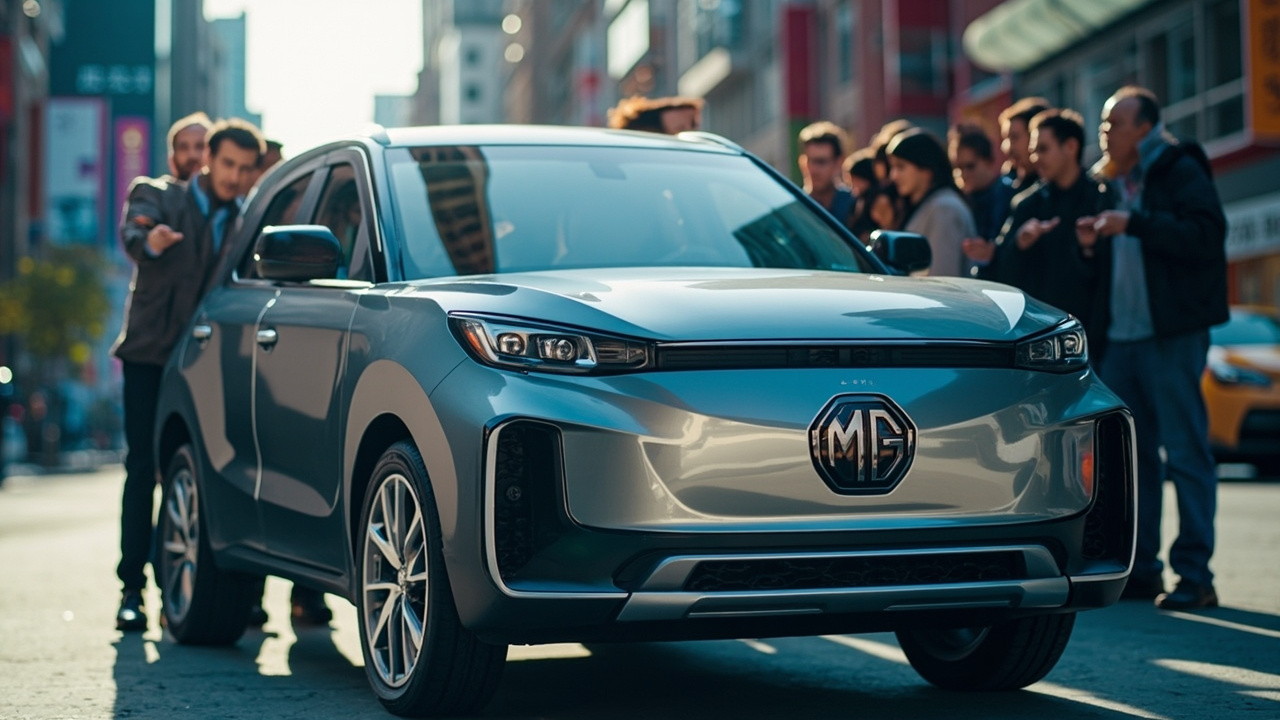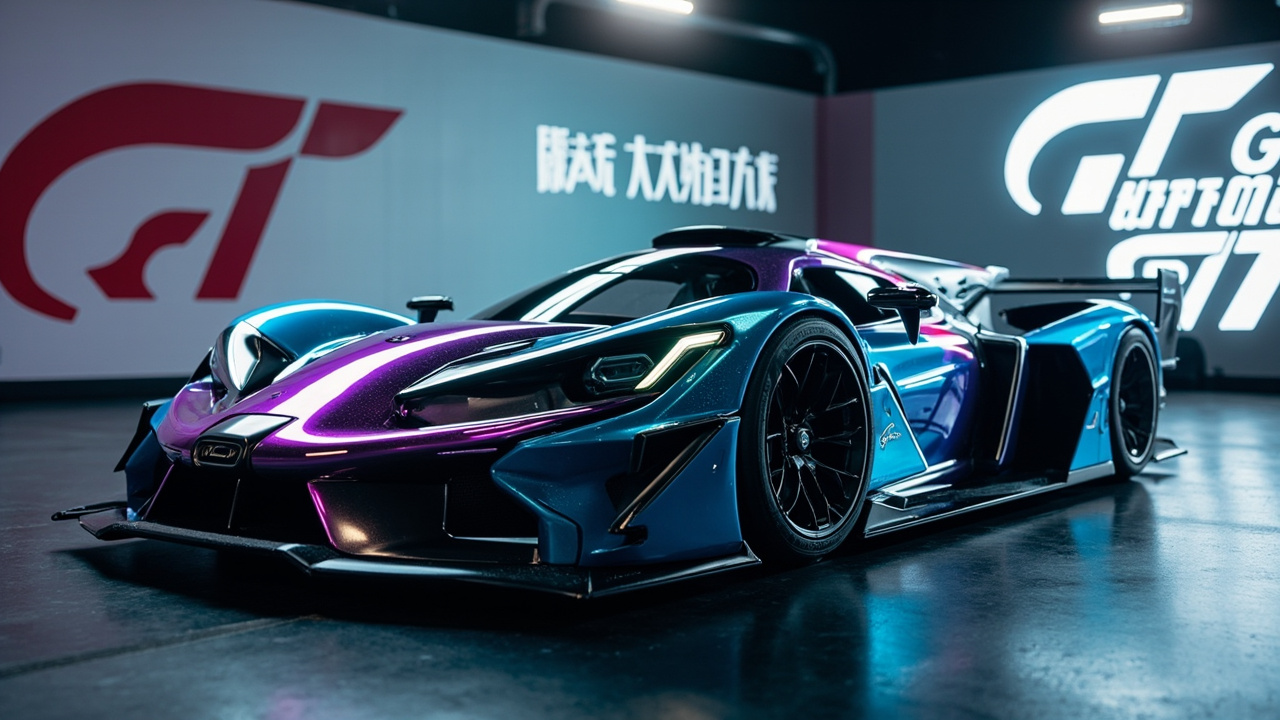Tesla Supercharger Access: A Persistent Challenge for Volkswagen
Reports on manufacturing, labor and earnings with clear, practical context. Drives a Tesla Model 3 RWD; family hauler is a Volvo XC60.
Tesla's Supercharger network, renowned for its extensive reach with over 70,000 locations worldwide, has been gradually opening up to electric vehicles (EVs) from various manufacturers. However, Volkswagen has encountered significant hurdles in accessing this network, despite its pledge to enable Supercharger compatibility for its EVs by the end of the year.
The Tesla Supercharger network has become a pivotal resource for electric vehicle owners, offering fast and convenient charging solutions across the globe. Manufacturers like Audi and Porsche, both under the Volkswagen Group umbrella, have successfully integrated their vehicles with Tesla's charging infrastructure. In contrast, Volkswagen's flagship EVs, such as the ID.4 and ID. Buzz, remain on the sidelines, unable to tap into the network's vast potential. The company cites 'technical challenges' as the primary reason for the delay, a setback that could impact customer satisfaction and competitiveness in the growing EV market. A Volkswagen spokesperson assured that efforts are ongoing to resolve these issues, with an anticipated rollout still expected by year-end.
The situation highlights a broader issue of compatibility and standardization within the EV industry. As more automakers transition to electric fleets, the ability to access efficient and widely available charging networks like Tesla's becomes increasingly important. While Volkswagen's challenges are notable, they are not entirely unique. Establishing seamless cross-compatibility requires overcoming technical barriers and aligning with Tesla's proprietary systems, known for their closed ecosystem approach. This complexity underscores the importance of industry-wide collaboration to foster cohesive charging solutions that benefit consumers and accelerate the adoption of electric vehicles.
Volkswagen's delay in accessing the Supercharger network has not gone unnoticed. Industry analysts suggest that any prolonged inaccessibility could hamper Volkswagen's competitive edge, particularly as consumer expectations for convenience and infrastructure support continue to rise. The EV market is burgeoning, and the ability to offer comprehensive charging solutions is becoming a key differentiator among automotive brands. Volkswagen's ongoing technical challenges could influence potential buyers' perceptions, highlighting the critical role that charging compatibility plays in purchasing decisions.
Despite the setbacks, Volkswagen remains optimistic about resolving the technical issues and delivering on its promise to enable Supercharger access for its EV owners. The company has indicated that an official Volkswagen adapter will be necessary for its vehicles to charge at Tesla stations once compatibility is achieved. This requirement could serve as a temporary workaround while Volkswagen continues to refine its integration processes. The success of this initiative could significantly enhance the charging experience for Volkswagen customers, aligning with the company's broader strategy to expand its electric vehicle offerings and infrastructure capabilities.
Looking ahead, the resolution of Volkswagen's Supercharger access challenges could set a precedent for other automakers facing similar hurdles. As the industry moves towards greater electrification, establishing reliable, interoperable charging networks will be vital. The collaboration between Tesla and other car manufacturers could pave the way for more unified standards, enhancing the overall EV ecosystem. For Volkswagen, overcoming this obstacle is not just about gaining access to a network, but also about reaffirming its commitment to innovation and customer satisfaction in the rapidly evolving electric mobility space.
About Priya Nair
Reports on manufacturing, labor and earnings with clear, practical context. Drives a Tesla Model 3 RWD; family hauler is a Volvo XC60.



